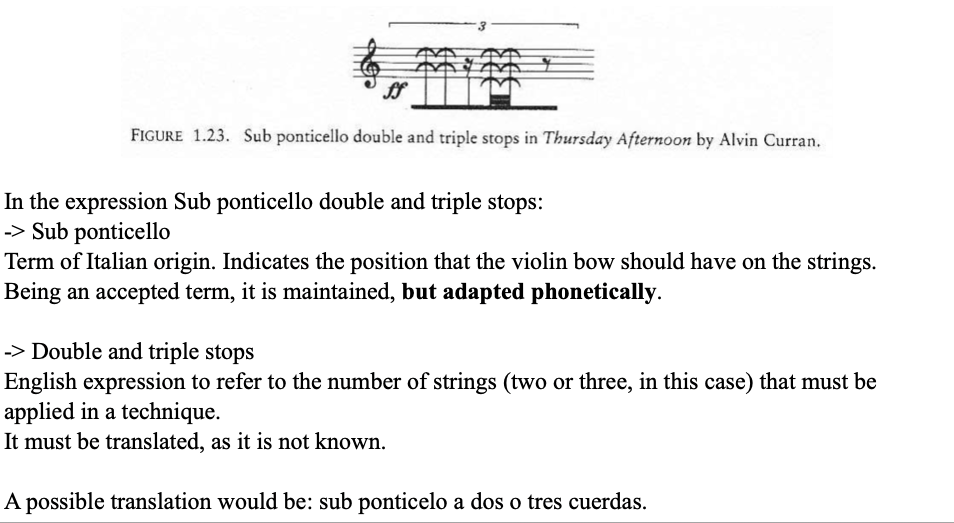We can understand that one only text may not be enough to understand the vast quantity and variety of terminology, expressions and stylistic differences (regarding musical taste) that you may be able to find when you first immerse yourself into the world of contemporary music. As it is the case with many, if not the most, of the more specialized and professional fields of any subject, as the deeper we drive into this world the harder it will get to set boundaries between the meaning of each word, as musicians, musicologists or composer may use some of them differently. Other musicians, familiarized with the terms from years on, might understand each other any way, but you might not yet.
Therefore, we wanted to provide you some other resources, encouraging you to open up to the curious new ways music has found to express emotion or, if you are rather interested in the terminology, how we fragment the music into parts to give each part a meaning.
First, let’s introduce a new and interesting organization regarding Spanish translation: the SATMUS. This organisation, standing for Society for Analysis and Music Theroy, aims to provide clarity to the lack of norms in the use of terminology in Spain and is therefore a good reference (altough it will probably take many years till they reach this purpose) for the correct use and meaning of musical terms.
But if this wasn’t enough, they also amount a huge quantity of studies, mostly doctoral thesis, for you to read, written either in Spanish and in English. These texts are not translated yet, so you won’t be able to compare them that easily (for that, you can access to the example in our analysis of Debussy).
To ease the lecture of such massive and great works, as well as for further translations you might do, we also want to provide you several links to online dictionaries for musical terminology:
- Glossary of Musical Terms and Forms. The CanTeach platform offers here an exhaustive collection of Italian and English terms. We have already been able to observe the presence of the Italian language in the musical indications of any language, whether Spanish, German, English, etc.
- Music Glossary. M.Tevfik Dorak. Another good source of information, this dictionary focuses more on the name of different musical forms. It is important to make clear that this and the Glossary of Musical Terms and Forms focus traditional musical terms, as the newer terms are not normalized, not only on a multilingual level, but even on one single language.
- Glosario de terminología – Wikipedia. It may sound strange, but the fact is that Wikipedia offers a vast amount of reliable definitions of musical terminology, most of them being hyperlinked to a brider description of the term as a whole entry on the website. Although this link will bring you to the Spanish entries, it is also available in several other languages, such as German, English, Italian, etc.
To finish this list of possible sources for terminology, we would want to note that, even if the description of the entries is correct in all three of them, the appropriate use is a completely different matter that requires previous reading from different monographs or publications to understand the way of this particular language. To redirect to a previous post and give a concrete example: you might don’t want to overdo the use of Italian expressions, although they are correct, it would sound forced.

